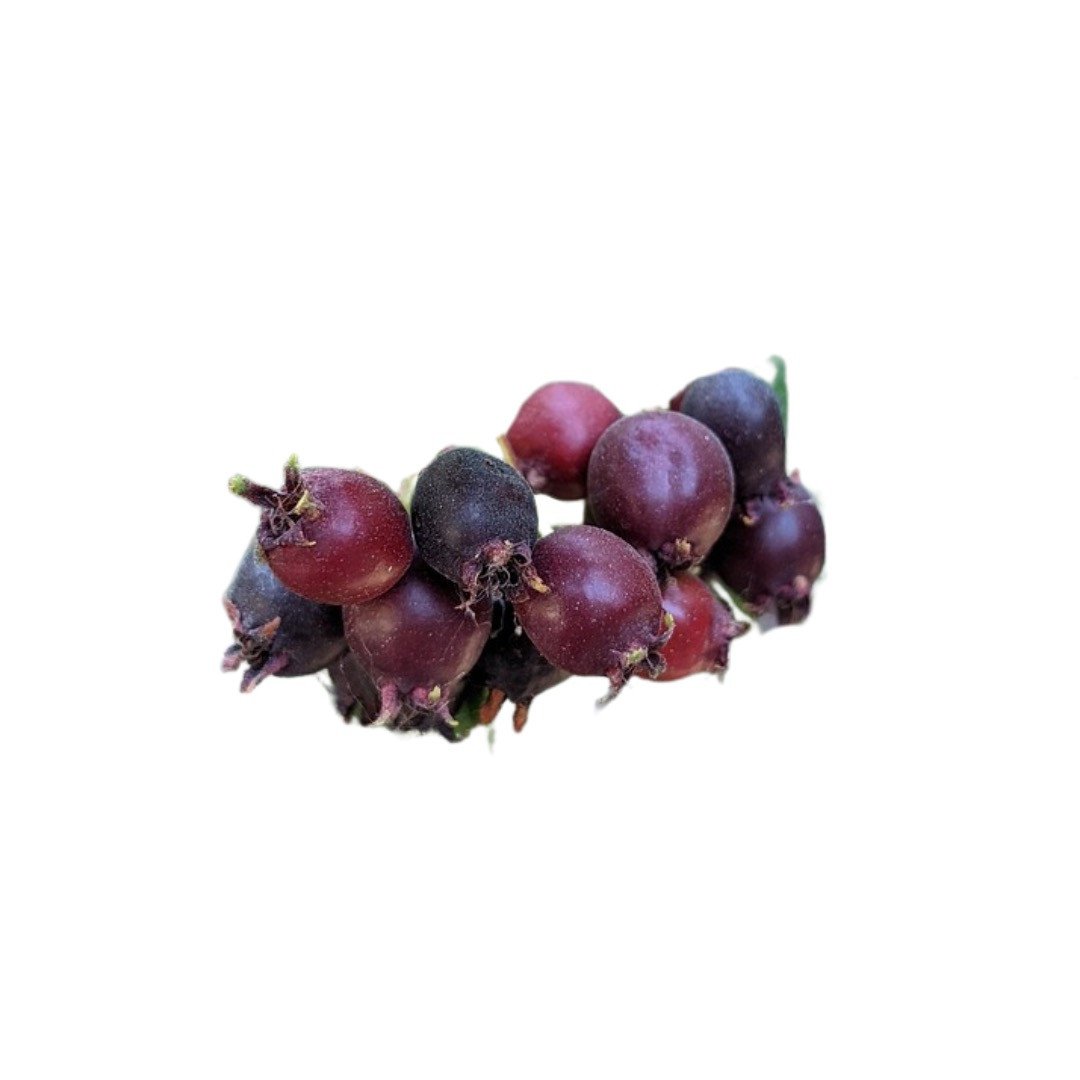Rock pear (Amelanchier)

Rock pear (Amelanchier)
Amelanchier
Plant family
Rose family (Rosaceae)
Season Overview
Planting
Harvest
Harvest
J
F
M
A
M
J
J
A
S
O
N
D
1ST YEAR
FOLLOWING YEARS
Details
Germination temperature
20 °C (Degrees Celsius)
Plant distance
150 cm
Row spacing
350 cm
Seeding depth
1 cm
Instructions
Description
Rock pears (Amelanchier) belong to the apple-fruiting pome fruit family (Pyrinae) within the rose family (Rosaceae). The genus Amelanchier consists of about 25 species, almost all of which are found in North America. Rock pears are deciduous, deciduous, upright growing shrubs or small trees. The plant is multi-stemmed and can reach a height of up to 10 meters. In April-May, the numerous white, star-shaped, fragrant flowers appear in grape-like inflorescences. The small, dark purple to blue-black fruits ripen at the end of June. They have a sweet and juicy taste and are very popular with birds and insects.
Growing tips
The best time to plant rock pear seedlings is in spring. If the plant is grown from seed, the best time is in the fall, as rock pears are cold germinators. Sowing in spring is also possible after stratification (a few weeks in the refrigerator). Rock pears are very tolerant of their location and soil. However, a sunny to semi-shady location with slightly sandy, well-drained, slightly acidic soil would be ideal. Shade and wet, highly acidic soils should be avoided. Rock pear is completely hardy. When pruning the rock pear, you should limit yourself to thinning out the shrub and removing dead wood. Rock pears do not tolerate radical pruning.
Companion Plants
Antagonistic Plants
No antagonistic plants
Diseases
Brown rot
Powdery mildews
Pests
Larvae
Aphids